Twelve months have come and gone.
It has been the strangest year of my life and while there are many things I could reflect on, I want to take a moment to remember all the books I consumed this past year. There is a lot to be said for the power of being present and living in the moment, but let’s be real. Sometimes, when the moment just plain sucks, it’s wildly refreshing to experience other peoples’ moments via reading. Shirley Jackson sums up my feelings on the tricky dichotomy of sanity and reality in one of the trippiest books I’ve ever read (see book number 8), when she states, “No live organism can continue for long to exist sanely under conditions of absolute reality.”
Twelve months. Twelve books. And just a little bit of sanity to spare.
ONE: My Story by Elizabeth Smart
I was interested in reading this book because I was about the same age as Elizabeth when she was taken in 2002 from her Salt Lake City bedroom. It was all over the news and instigated several nightmares of my own. She doesn’t sugar coat the horrible details of the inhumane ways she was treated while in captivity for nine months, but you won’t sleep if you stop in the middle, so keep reading. The only thing that kept me going was knowing this story had a rare and happy ending. Elizabeth Smart had every right to be angry and emotionally crippled for life, but she chose to forgive and go on living instead. She is an absolute inspiration and has since served an LDS mission, got married, and toured the country to instill hope in rape victims.
“When we are faced with a challenge, it is very easy to be mad or upset. But when we have passed our great test, we are then given opportunities to reach out to other people. We are able to effect change in a way that otherwise we would not be able to.”
TWO: The Poison wood Bible by Barbara Kingsolver
I joined a book club this year and this was the first book we read. It is a pretty big book and at our first meeting, it just so happened that my friend Summer and I were the only ones who had actually read it. (Shout out: Summer Lillywhite!) There is way too much to try to fit into a tiny blog blurb, but rest assured, this book will keep you thinking for days. The Poisonwood Bible is the tale of a Southern baptist family from Georgia who move to the small village of Kilanga in the Belgian Congo to do missionary work in 1959. The narrative voice alternates between the wife and four daughters of a bigoted white preacher man hell bent on saving the entirety of the Congo by dunking them in crocodile infested rivers. It ultimately reveals the larger universal story of mankind’s struggle for individual freedom coupled with an unfortunate hunger for power.
“I knew Rome was burning, but I had just enough water to scrub the floor, so I did what I could. My talents are different from those of the women who cleave and part from husbands nowadays–and my virtues probably unrecognizable. But look at old women and bear in mind we are another country… I was trying to wear the marks of the boot on my back as gracefully as the Congo wears hers.”
THREE: The Place of Knowing by Emma Lou Warner Thayne
“Where Can I Turn for Peace” (also written by Emma Lou) is one of my favorite hymns, which is initially why I was interested in reading this spiritual memoir. Through reading, I found out that the church building Emma Lou attended growing up, is the same one that JJ and I are currently attending. She describes the sacred grove mural behind the pulpit, which I see every Sunday. I also had the opportunity earlier this year to hear her speak on a panel about Lowell Bennion at the University of Utah before she passed away a few months later. I feel a special kinship to her for these reasons, but would recommend this book to anyone. She tells her story of getting in a near fatal car accident and temporarily visiting “the place of knowing” before returning to earth to finish out her life. She was a mystic, a poet, a mother, a tennis player, and a saint. I’m thankful she told her story like she lived her life – with beauty and honesty imbued in everything she did.
“We are our stories – dozens, hundreds, thousands of them – sprayed across our memories, embedded in our identity. Calling them up for others or for ourselves or for God, can enlighten, crush, amuse, trap, or free us, depending on how we pay attention.”
FOUR: The Ocean at the End of the Lane by Neil Gaiman
So once upon a time, I decided I was going to write an in depth review of all the books I was reading (along with a long list of sketch book challenges, yoga classes, DIY projects, etc etc You know how life can be…) Well, that didn’t really pan out but this book is the only one that I actually took the time to write about, so feel free to check out my thoughts, here.
“I had strange dreams in that house, that night. I woke myself in the darkness, and I know only that a dream had scared me so badly that I had to wake up or die, and yet, try as I might, I could not remember what I had dreamed. The dream was haunting me: standing behind me, present and yet invisible, like the back of my head, simultaneously there and not there.”
FIVE: Education for a New World by Maria Montessori
This book is a super short, but fabulous introduction to the Montessori method for anyone interested in learning more about it. From what I can gather, it’s basically a more accessible and condensed version of “The Absorbent Mind” which is on my reading list for 2015. It mainly deals with early childhood (ages 3-6) which is the age group I teach, so it was extremely fascinating for me. After a brief history of the development of the Montessori system, it explores topics such as: period and nature of the absorbent mind, embryology, behaviorism, language, the importance of movement in education, imitative action and cycles of activity, the importance of observation and a prepared learning environment, and what a Montessori teacher should be.
“Education in the first years of life must be alike for all, and must be dictated by nature herself, who has infused certain needs into the growing being. It is true that differences afterwards arise in individuals, but we neither cause those differences nor are we even able to provoke them. There is an inner individuality, an ego, which develops spontaneously, independently of us, and we can only help the child who is potentially a genius, a general or an artist, to realize himself, and remove obstacles in his path of growth towards realization.”
SIX: The Things They Carried by Tim O’Brien
Sometimes you read a book and walk away with a really cool story. Other times, you read a book and walk away with a deepened sense of the importance of storytelling itself. This was one of those books. It is a series of true short stories about O’Brien’s time serving in the Vietnam war. The book acts as a sort of catalog of experiences and things that the men in his company carried with them throughout the war. Fear, disillusionment, guilt, m&m’s, morphine, and photographs of college crushes are among some of the burdens and tangible objects described. It is definitely not G rated, but will probably change your life and expand your views on the importance of factual truth vs. emotional truth and the delicate balance between the two.
By telling stories, you objectify your own experience. You separate it from yourself. You pin down certain truths. You make up others. You start sometimes with an incident that truly happened, like the night in the shit field, and you carry it forward by inventing incidents that did not in fact occur but that nonetheless help to clarify and explain.
SEVEN: The Fortunate Fall by Daniel K Judd
 My mom bought me this book when she came out in March and I have enjoyed thumbing through it. I didn’t read it in order, but just read whatever sections caught my interest in whatever order I wanted and gained some valuable insights into pain and suffering. My favorite idea from this book is that instead of teaching our children that having enough faith means that everything will always work out, we should teach them that faith means accepting the outcome even when your prayers are unanswered.
My mom bought me this book when she came out in March and I have enjoyed thumbing through it. I didn’t read it in order, but just read whatever sections caught my interest in whatever order I wanted and gained some valuable insights into pain and suffering. My favorite idea from this book is that instead of teaching our children that having enough faith means that everything will always work out, we should teach them that faith means accepting the outcome even when your prayers are unanswered.
The circumstances of each person’s experience with adversity are unique, but some aspects of successfully dealing with such experiences are similar. In a statement generally attributed to Viktor Frankl, we find one of the most important commonalities expressed as follows: ‘Between stimulus and response there is a space. In that space lies our freedom and power to choose our response. In those choices lie our growth and our happiness.'”
EIGHT: Cat’s Cradle by Kurt Vonnegut
“Live by the harmless untruths that make you brave and kind and healthy and happy.”
This book was not what I expected at all, but it was definitely worth my time. It is a very quick read, but makes you stop and think after pretty much every page. It deals with the possibility of global destruction and Dr. Felix Hoenikker,one of the founding fathers of the atomic bomb. It is the funny, satirical, bitter tale of his three eccentric children, his lethal invention of “ice-nine”, a quirky Caribbean dictator, and a made up Religion that makes people happy. It really makes you think about the power of truth, the destructive potential of science, the placating effects of religious beliefs, and how all these things fit together in a fictional post-apocalyptic world .
“Perhaps, when we remember wars, we should take off our clothes and paint ourselves blue and go on all fours all day long and grunt like pigs. That would surely be more appropriate than noble oratory and shows of flags and well-oiled guns.”
NINE: The Haunting of Hill House by Shirley Jackson
My book club decided to read a scary book for Halloween this year. Supposedly it’s a classic, but I had never heard of it before. It is about an old mansion that was built without any right angles to mess with people’s minds. Dr. John Montague is an investigator who is conducting studies on supernatural phenomenon and the effects it has on people’s minds/ sanity. He invites some guests who have past experiences with paranormal events and then the house slowly plays tricks on everyone resulting in confusion (and also death.) Yep. That’s pretty much it in a nutshell. It was interesting, but weird.. and not in a “supernatural horror story” kind of weird, but in a “1960’s I can’t really tell if there’s even a plot or if one of the main characters is lesbian” kind of weird.
“Fear,” the doctor said, “is the relinquishment of logic, the willing relinquishing of reasonable patterns. We yield to it or we fight it, but we cannot meet it halfway.”
TEN: I am Malala by Malala Yousafzai
“I don’t want revenge on the Taliban, I want education for sons and daughters of the Taliban.”
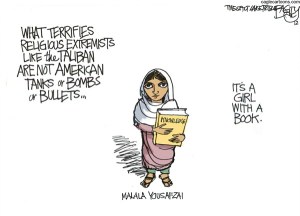 This book was absolutely life changing and I would highly recommend it. It is the true story of Malala Yousafzai who is from the Swat Valley in northern Pakistan. The Taliban has tried to ban girls’ educations many times and Malala was brave enough to be an outspoken advocate for educational rights for all children. In 2012, she was shot in the face by members of the Taliban who were specifically targeting her. She was life flighted out of the country and miraculously lived to continue to promote peace and fight for the cause. This last October, at age 17, she was named the youngest ever recipient of the nobel peace prize.
This book was absolutely life changing and I would highly recommend it. It is the true story of Malala Yousafzai who is from the Swat Valley in northern Pakistan. The Taliban has tried to ban girls’ educations many times and Malala was brave enough to be an outspoken advocate for educational rights for all children. In 2012, she was shot in the face by members of the Taliban who were specifically targeting her. She was life flighted out of the country and miraculously lived to continue to promote peace and fight for the cause. This last October, at age 17, she was named the youngest ever recipient of the nobel peace prize.
“I think that the best way to solve problems and to fight is through dialogue, is through peaceful way, but for me the best way to fight against terrorism and extremism is just simple thing: educate the next generation. “
ELEVEN: Boy Alone by Karl Taro Greenfeld
This book is not a happy “rise above” kind of memoir about a brotherly love in spite of a crippling disorder. It is a very raw, heartbreaking, honest snapshot of a family who was defined by and torn apart by their autistic son and a lack of credible information in the medical community of the 1970’s. It is difficult to discuss the power of this book without revealing some big spoilers, so I will leave it at this. Definitely worth it to read all the way to the end, because you will probably feel like quitting several times. I gained a lot of insight into a frustrating world from which many people choose to avert their eyes.
“The harsh truth of every relationship, even between those who love each other, like fathers and sons and daughters, or husbands and wives, is that the love is always unequal.”
TWELVE: The Goldfinch by Donna Tartt
“Caring too much for objects can destroy you. Only—if you care for a thing enough, it takes on a life of its own, doesn’t it? And isn’t the whole point of things—beautiful things—that they connect you to some larger beauty?”
This book was amazing, depressing, beautiful, and… depressing. It is a large book with a lot to take in and I feel like I won’t even have fully formed opinions on it until it all mulls over in my brain for a few more weeks. It starts off with the story of a boy who lost his mother in a tragic freak accident that he miraculously survived with guilt in his heart and a rare painting in his hands. The next 700 pages or so, is the boy growing into a man and trying to shape his past into a cohesive narrative while slimly avoiding his own death via drug overdose and other fun shenanigans. It is full of twists and turns that will infuriate you and occasionally satisfy you. The power of art is a prominent theme. The idea that objects and art connect us all to a larger beauty across time and space is prevalent and moving throughout the book. I’m still trying to sort out the good guys from the bad guys, but I was profoundly moved by the tragic beauty of the words contained in this (literally) heavy book.
“And as much as I’d like to believe there’s a truth beyond illusion, I’ve come to believe that there’s no truth beyond illusion. Because, between ‘reality’ on the one hand, and the point where the mind strikes reality, there’s a middle zone, a rainbow edge where beauty comes into being, where two very different surfaces mingle and blur to provide what life does not: and this is the space where all art exists, and all magic.”
I would love to hear any of your thoughts who have read some of these books. I am also wide open to suggestions for 2015.
And the beat goes on.
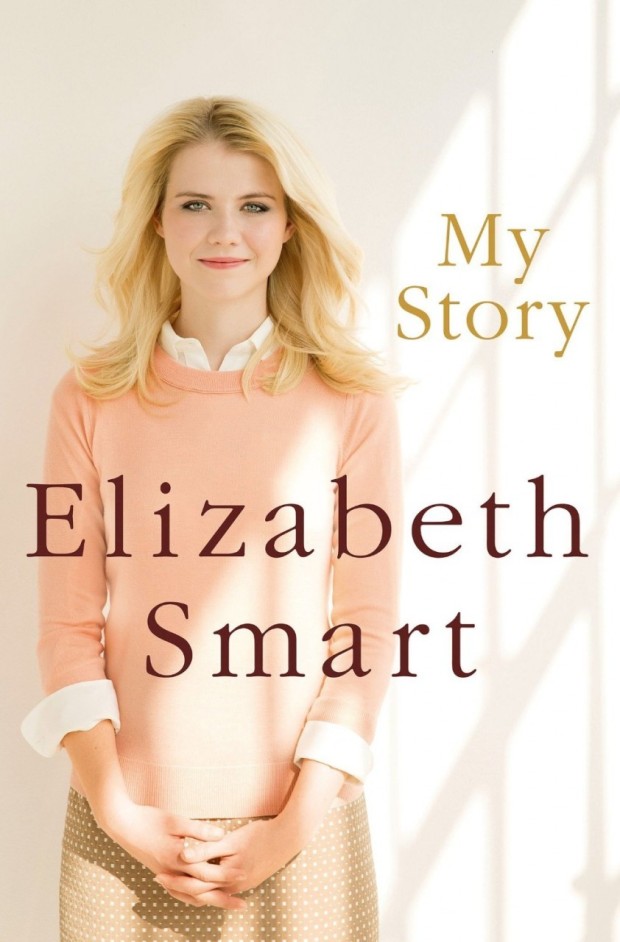


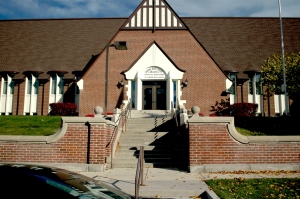




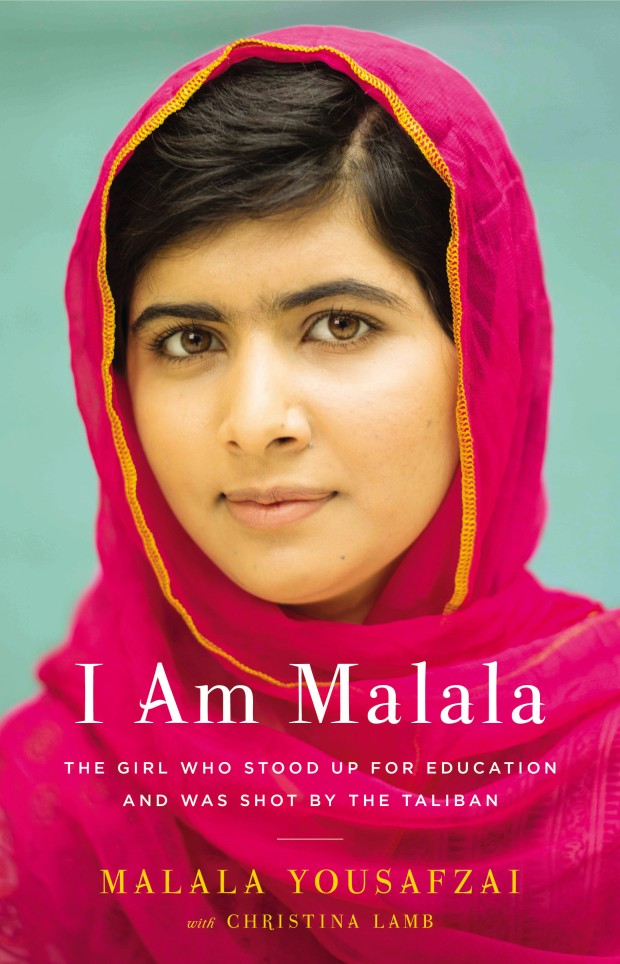
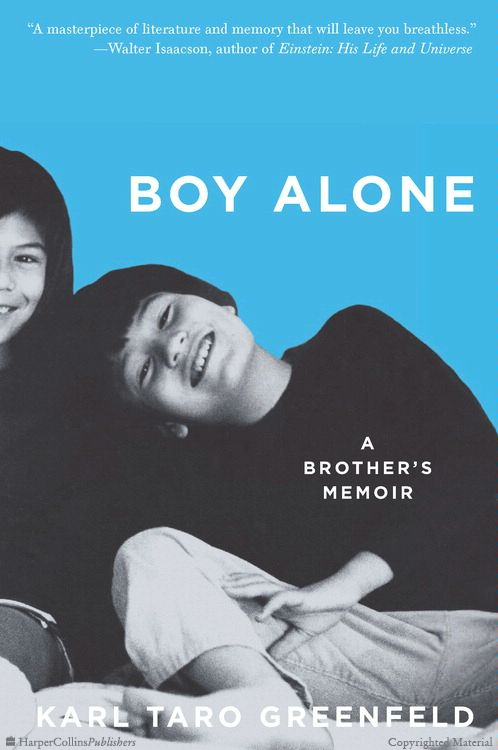
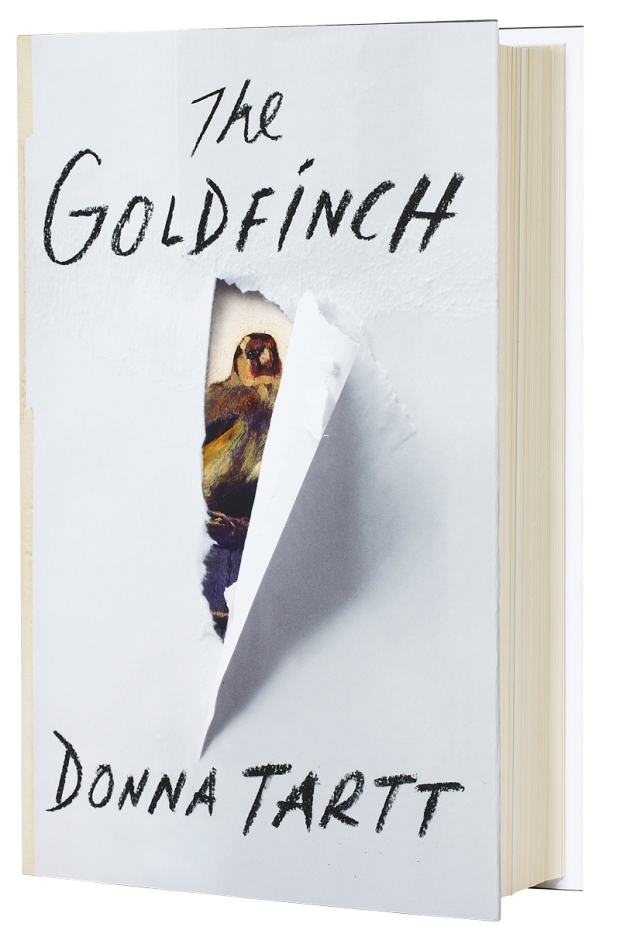
Beautiful. As always.
Granny